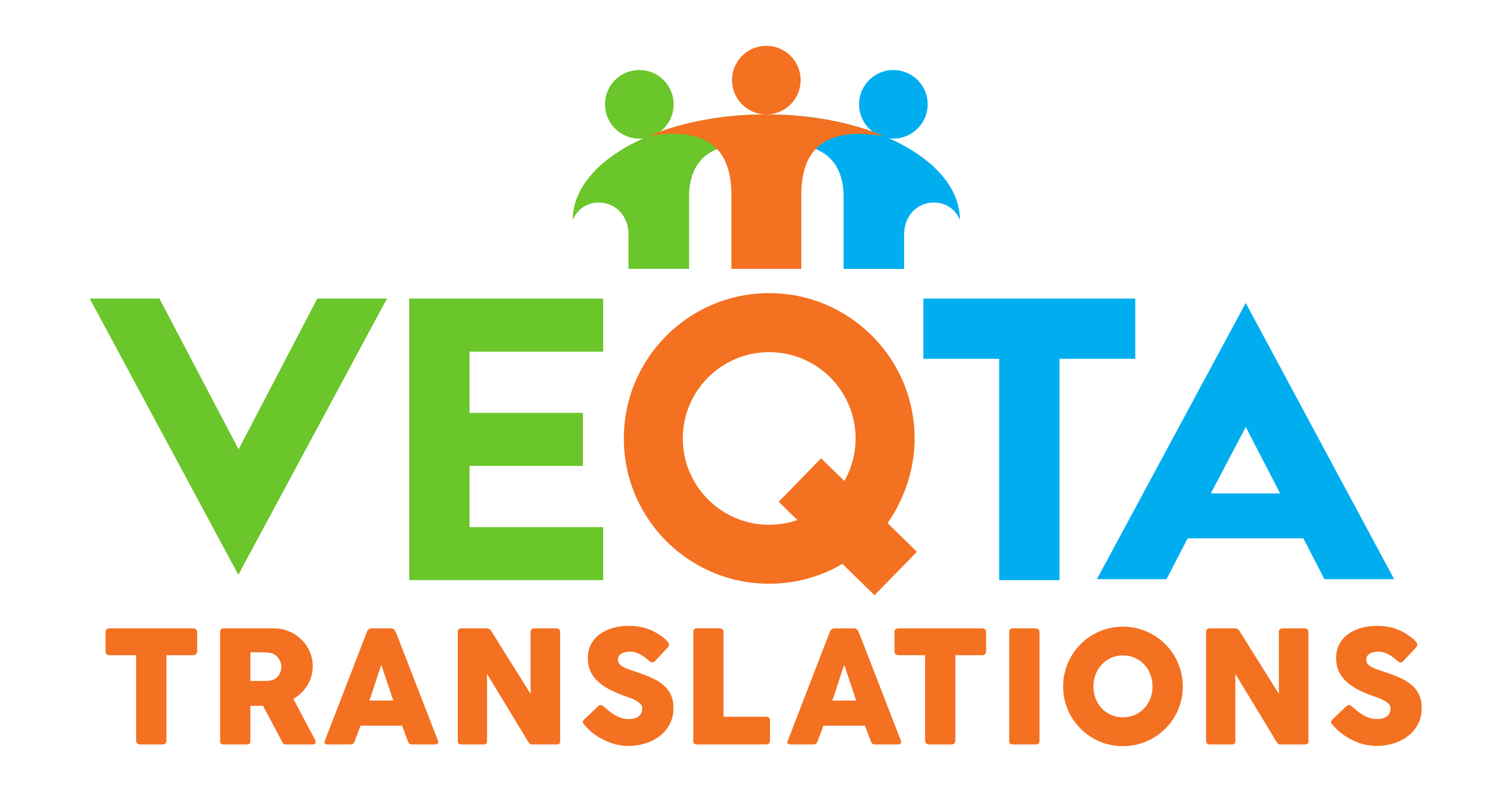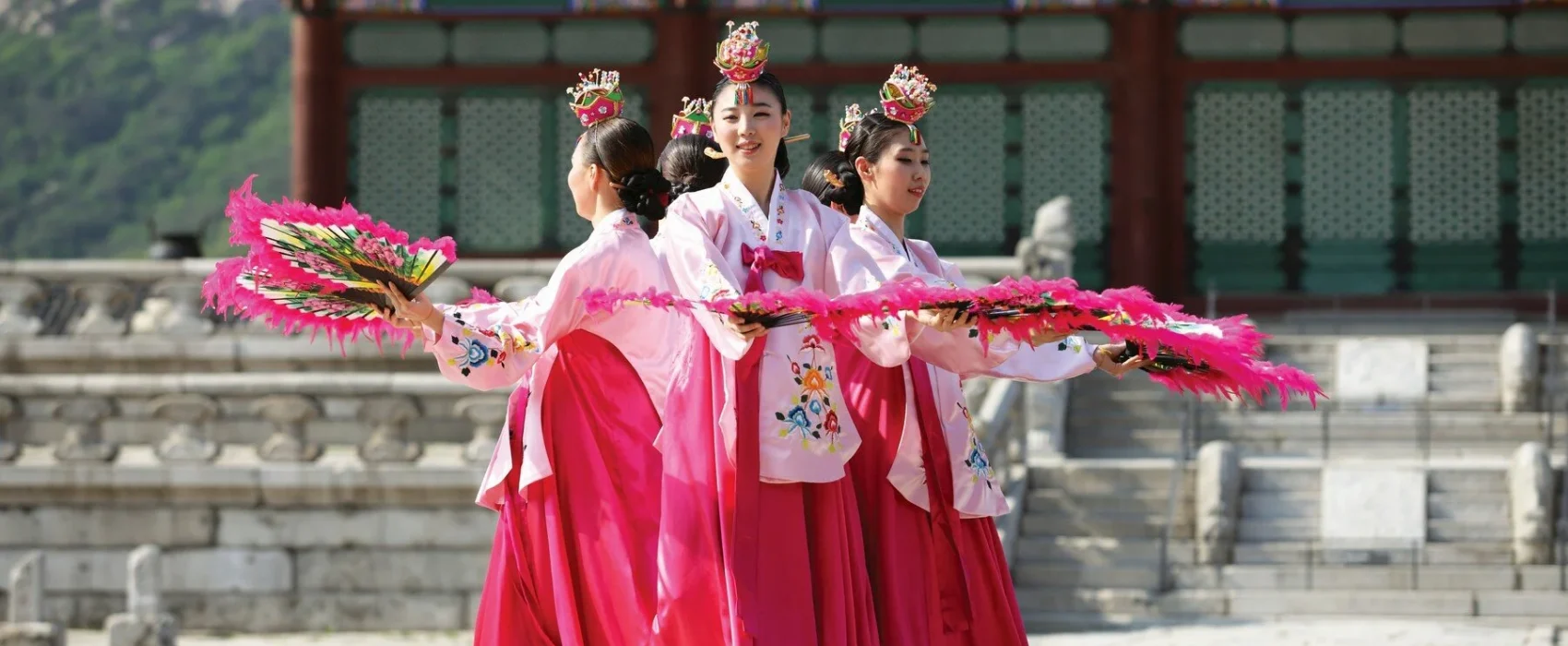The Korean language is a tapestry woven with cultural context, social hierarchy, and emotional subtlety. For translators, navigating this complexity is both an art and a science. Successful Korean to English Localization requires more than knowing grammar—it demands understanding human relationships, respect dynamics, and the deeper meanings embedded in tone and phrasing. Below are seven key nuances that consistently test even the most seasoned translators.
1. Honorifics and Social Hierarchy
Korean speech changes based on age, rank, and familiarity. English lacks equivalent markers. Translators must convey respect through tone, politeness, and phrasing rather than suffixes or verb endings.
2. Contextual Pronouns
Korean often omits pronouns like “I” or “you,” relying on shared context. Translators must infer these subjects to create coherent English sentences while keeping emotional flow intact.
3. Politeness Levels and Verbal Form
The language features multiple politeness levels—formal, informal, intimate—that signal relationships. Translators approximate these distinctions by choosing word tone, avoiding overly stiff or casual English.
4. Emotional Expressions and Onomatopoeia
Expressions such as “aigoo” or “omo” reflect complex emotions. Instead of translating them literally, professionals choose equivalent emotional cues in English that carry the same sentiment.
5. Gender and Speech Patterns
In Korean, gender subtly affects word choice and tone. While English is more neutral, translators preserve these distinctions by shaping dialogue to reflect personality and intent.
6. Idioms and Proverbs
Korean proverbs often reflect history and agriculture, e.g., “Even monkeys fall from trees.” Translators convert them into English idioms that convey similar wisdom or humor without distortion.
7. Silence as Communication
Silence in Korean conversation can convey thoughtfulness, respect, or tension. Translators must consider how these pauses affect pacing and tone when crafting subtitles or scripts.
Conclusion
Language reflects culture, and in Korean translation, accuracy must walk hand-in-hand with empathy. Mastery of Korean Localization depends not on perfect equivalence but on cultural resonance.
FAQs
1. Why is hierarchy important in Korean translation?
Because it defines tone and relationships between speakers.
2. Can politeness be directly translated?
Not literally, but tone and structure can imply it effectively.
3. What’s the hardest nuance to preserve?
Honorifics and emotional expressions pose the greatest difficulty.
4. Why does silence matter in translation?
It carries emotional weight and affects scene interpretation.
5. What skill separates good translators from great ones?
Cultural sensitivity and awareness of unspoken meaning.


